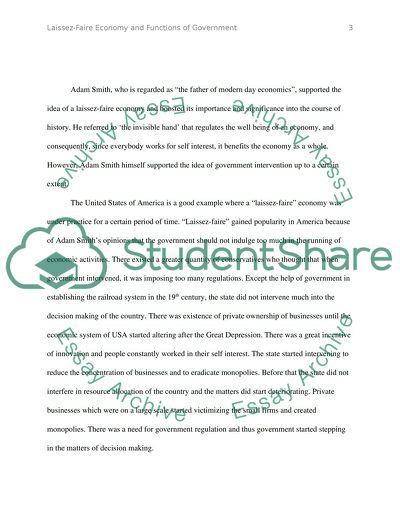Cite this document
(“Lissez-Faire Economy and Functions of Government Coursework”, n.d.)
Lissez-Faire Economy and Functions of Government Coursework. Retrieved from https://studentshare.org/macro-microeconomics/1441968-there-is-no-such-thing-as-successful-laissez-faire
Lissez-Faire Economy and Functions of Government Coursework. Retrieved from https://studentshare.org/macro-microeconomics/1441968-there-is-no-such-thing-as-successful-laissez-faire
(Lissez-Faire Economy and Functions of Government Coursework)
Lissez-Faire Economy and Functions of Government Coursework. https://studentshare.org/macro-microeconomics/1441968-there-is-no-such-thing-as-successful-laissez-faire.
Lissez-Faire Economy and Functions of Government Coursework. https://studentshare.org/macro-microeconomics/1441968-there-is-no-such-thing-as-successful-laissez-faire.
“Lissez-Faire Economy and Functions of Government Coursework”, n.d. https://studentshare.org/macro-microeconomics/1441968-there-is-no-such-thing-as-successful-laissez-faire.


